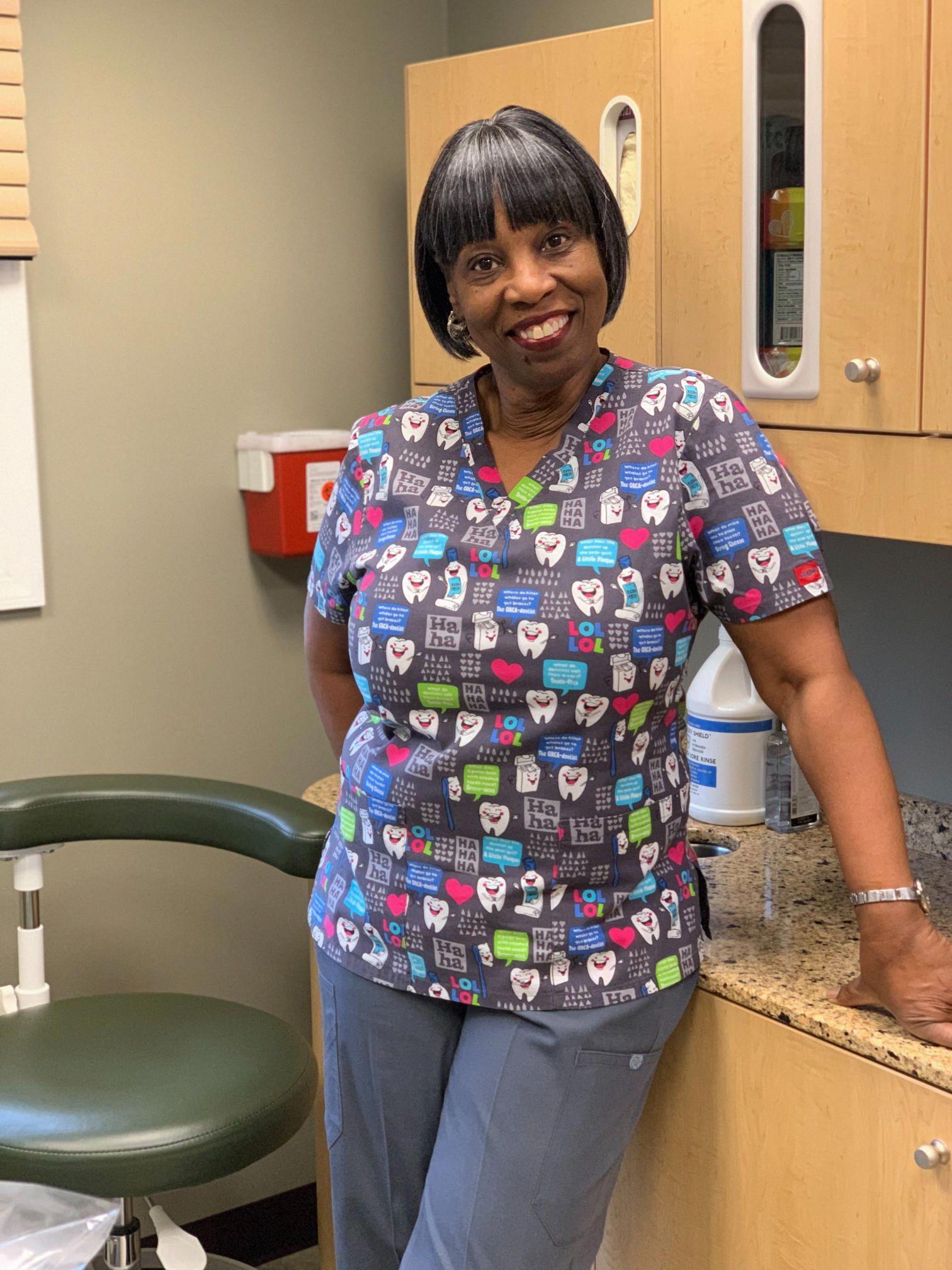Are you considering a career in dental assisting? If so, then it’s important to understand the difference between a Certified Dental Assistant (CDA) and a Registered Dental Assistant (RDA). While both positions involve similar duties, there are some key differences to note.
A CDA is someone who has completed an accredited dental assisting program, and has passed an exam to receive their certification. CDAs are responsible for providing basic dental care services such as taking patient x-rays, preparing materials for restorative procedures, and sterilizing instruments. They also typically provide basic patient education regarding oral hygiene techniques.
RDAs, on the other hand, require more advanced training and certification. To become an RDA, one must pass both a written and clinical examination in order to obtain a state license. RDAs are typically allowed to perform more complex tasks than CDAs, such as coronal polishing or taking impressions of teeth.
For those looking for the highest level of employment in dental assisting, becoming an Expanded Function Dental Assistant (EFDA) may be the way to go. To qualify for this position requires at least two years of full-time experience as a Dental Assistant as well as beig certified as one beforehand. EFDAs are able to perform many more advanced procedures that may not be available to other levels of dental assistants.
No matter which route you take – CDA or RDA – becoming certified can open up doors to exciting new opportunities in the field of dentistry! With the right training and dedication you can make a rewarding career out of helping others maintain good oral health.
Differences Between RDA and CDA
The main difference between a Registered Dental Assistant (RDA) and a Certified Dental Assistant (CDA) is the amount of education and licensing required to practice professionally. An RDA must pass a written and clinical exam, as well as apply for a state license in order to practice. A CDA, on the other hand, has only attended and passed a dental assisting program; at the end of which they receive a certificate of completion. The certificate does not authorize them to practice independently, howevr they may still provide valuable assistance to dentists while under supervision. RDAs are able to perform more complex tasks than CDAs such as taking X-rays, applying sealants, administering anesthetics, and fabricating prostheses. They also need to keep up with continuing education requirements in order to maintain their license.

Source: oakhurstdental.net
Differences Between RDA and Dental Assistant
No, Registered Dental Assistants (RDAs) are not the same as dental assistants. While both roles involve providing support to dentists and other dental health professionals in the care of patients, RDAs have additional training and responsibilities that set them apart. RDAs must complete an accredited RDA program which includes both classroom instruction and clinical experience, and they must be registered or licensed in their state of practice. RDAs are allowed to perform more functions within a dental clinic than unregistered dental assistants, such as coronal polishing, preparing materials for impressions and restorations, taking radiographs, placing sealants and topical anesthetics, fabricating temporary crowns, educating patients on oral hygiene practices, and more. In contrast, unregistered dental assistants do not have the training or qualifications to carry out these tasks.
The Highest Level of Dental Assisting
The highest level of dental assisting is an Expanded Function Dental Assistant (EFDA). To become an EFDA, you must first be a Certified Dental Assistant (CDA) and have worked full-time as a Dental Assistant for at least two years. An EFDA has the authority to perform additional duties beyond those of a traditional dental assistant, such as placing fillings, taking x-rays, taking impressions, and placing sealants. With this license, you can provide more advanced treatments and services to your patients.
What is the Meaning of CDA in Dentistry?
CDA stands for Certified Dental Assistant, and it is a credential awarded by the Dental Assisting National Board (DANB). The CDA exam is a comprehensive assessment that tests the knowledge and skills of dental assistants in order to prove their competency and proficiency in the profession. Passing the CDA exam shows employers that an individual has obtained a high level of expertise in the field. The CDA exam covers topics such as infection control, radiation safety, patient care, dental materials, chairside procedures, and more. Becoming a CDA not only demonstrates a dental assistant’s commitment to their profession but also boosts their job prospects as they will be considered more qualified than other applicants without this credential.

Conclusion
In conclusion, Certified Dental Assistants (CDAs) and Registered Dental Assistants (RDAs) both play an important role in the dental healthcare field. While CDAs only need to complete a dental assisting program, RDAs must pass a written and clinical examination and apply for state licensure in order to practice professionally. RDAs are permitted to perform more functions in the dental clinic than CDAs; however, the highest level of employment for dental assisting is the Expanded Function Dental Assistant (EFDA), wich requires a CDA certificate as well as two years of full-time experience. All in all, both CDAs and RDAs are essential for providing quality dental care.
